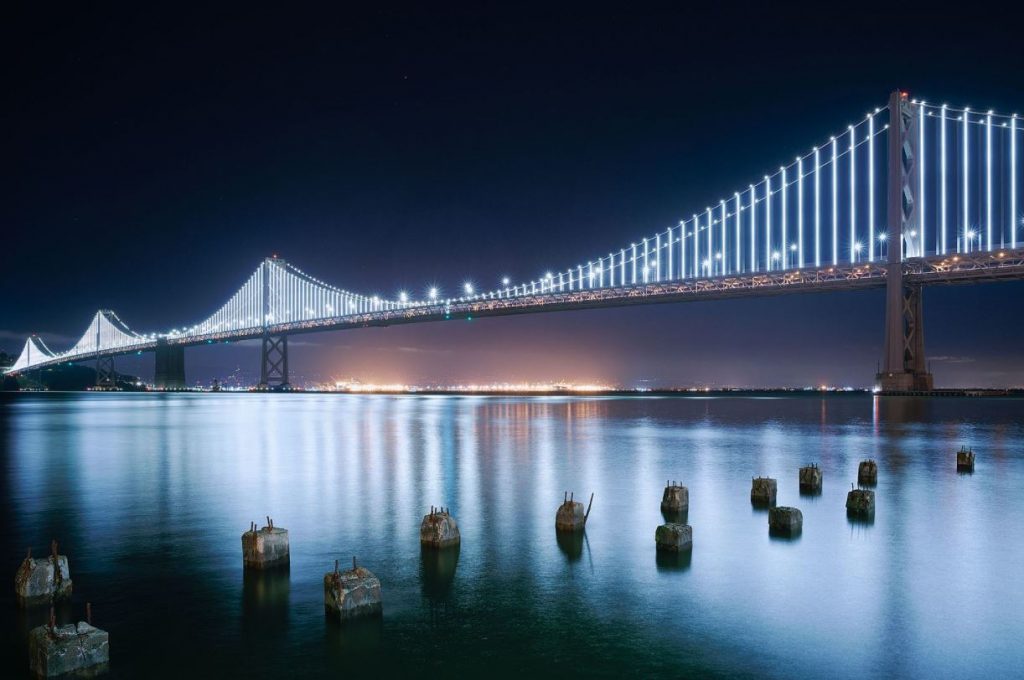One of the most iconic bridges in the United States has a bigger brother that is just a tad bit older as well, even though less famous worldwide.
Let’s take a closer look at some of the most fun and interesting facts about the Bay Bridge, one of the most amazing bridges in California!
1. It connects Downtown San Francisco with another major city
The Bay Bridge is the common name of the San Francisco-Oakland Bay Bridge, a huge and fascinating bridge that carries Interstate 80 across San Francisco Bay.
This transcontinental Interstate Highway runs from Downtown San Francisco to Oakland, and then all the way to Teaneck New Jersey, on the east coast of the United States, just north of New York City.
It’s not to be confused with the Golden Gate Bridge, the most famous landmark in San Francisco which connects the northwestern part of San Francisco with Marin County. Alcatraz Island is located right in between these two iconic bridges.
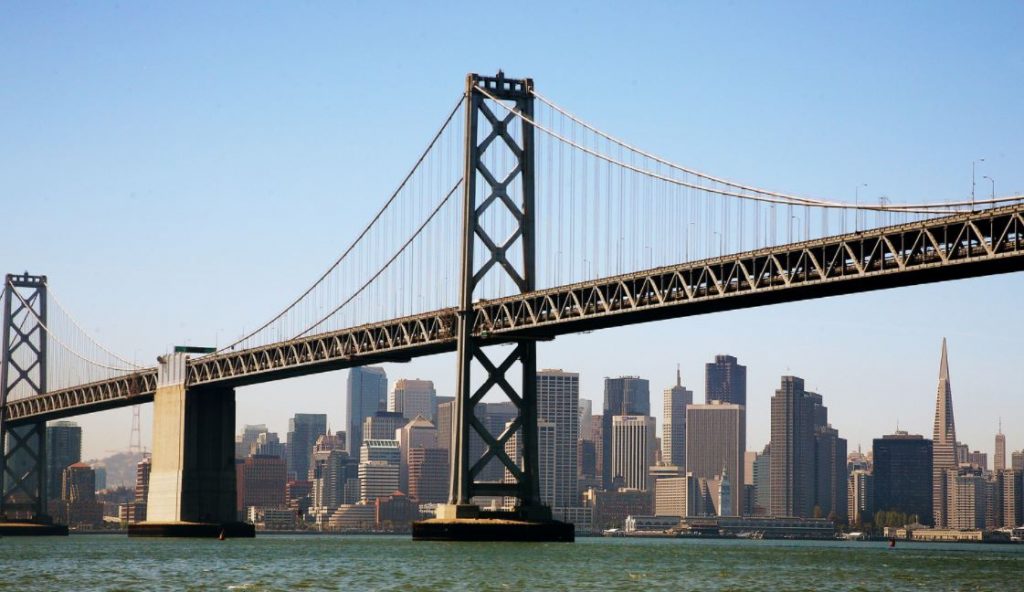
2. The bridge passes by an island in the San Francisco Bay
One of the most remarkable facts about the Bay Bridge is that it consists of two crossings, an east, and a west section. These meet each other on an island in the San Francisco Bay called Yerba Buena Island.
The part between Downtown San Francisco and Yerba Buena Island consists of 2 suspension spans and a central anchorage. The east section of the bridge is a self-anchored suspension bridge that curves slightly before continuing to Oakland.
While the eastern section doesn’t have an official name, the western section is called the “Willie L. Brown Jr. Bridge.” It was named for Willie L. Brown Jr., a famous politician in the city who became the first African American mayor of San Francisco between 1996 and 2004.
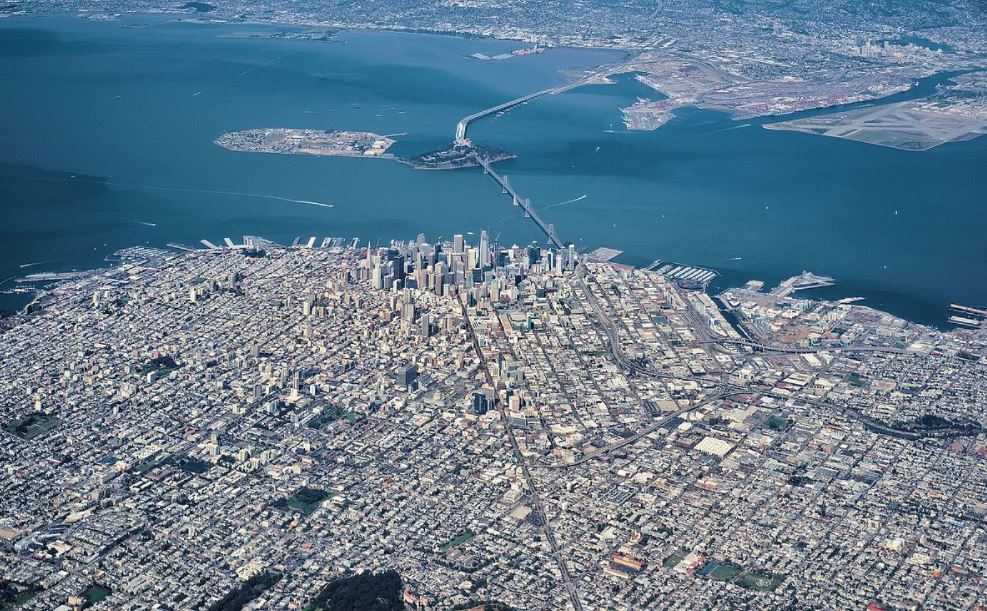
3. The two sections are interconnected with a tunnel on the island
Yerba Buena Island is a natural outcrop located right in the middle of the city of San Francisco and Oakland in the San Francisco Bay. This island was used as a central point to connect the two bridges because it saved a lot of resources to do so.
The bridge was built in the 1930s and back then, the island was a U.S. Navy Base, so approval from congress was required to build the bridge across the island.
Both sections of the bridge are interconnected on the island through the Yerba Buena Tunnel, a highway tunnel with a length of about 160 meters (540 feet). Together with the artificial “Treasure Island” nearby, the island has a total area of just 2.334 square kilometers (0.901 square miles).
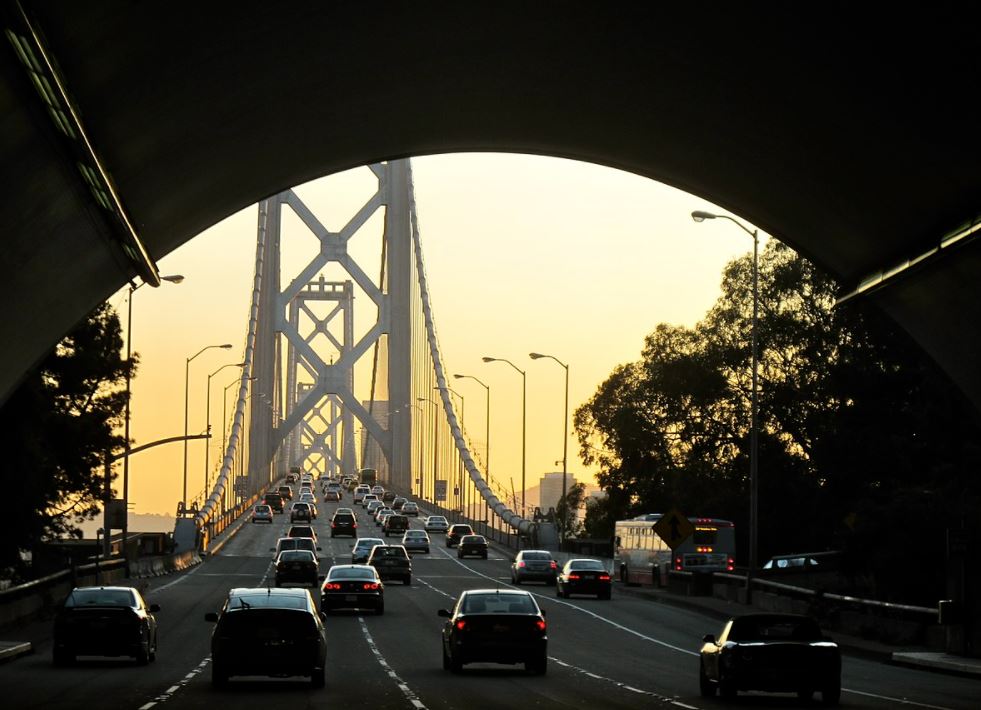
4. A self-proclaimed emperor wanted a bridge built in the 1870s
The idea of building a bridge at this location wasn’t new as it had been floating around since the California Gold Rush days (1848-1855). This sentiment only became stronger when the first transcontinental railway was completed in 1869 and San Francisco found itself on the wrong side of the bay.
One of the most peculiar facts about the Bay Bridge is that a man named Joshua Abraham Norton (1818-1880) issued 3 decrees to build a bridge on the location. He did so because he was referring to himself as “Norton I, Emperor of the United States” since 1859, even though he had no legal authority whatsoever.
This English-born self-proclaimed emperor of the United States has been commemorated for his role in the development of the Bay Bridge with a plaque in 1939. This can now be found at the Salesforce Transit Center next to the tallest skyscraper in the city, the Salesforce Tower.

5. It was designed by the State Highway Engineer of California
It wasn’t until 1929 that an official agency was formed called the “California Toll Bridge Authority” that had the authority to build a bridge in this location.
The bridge was eventually designed by the State Highway Engineer of California named Charles Henry Purcell (1883-1951). He is considered to be one of the most renowned engineers of the 20th century in the United States.
Apart from his most famous achievement, the construction of the Bay Bridge in the 1930s, he was also in charge of constructing the first freeway in the American West and designed the Bixby Creek Bridge, another iconic bridge in California.
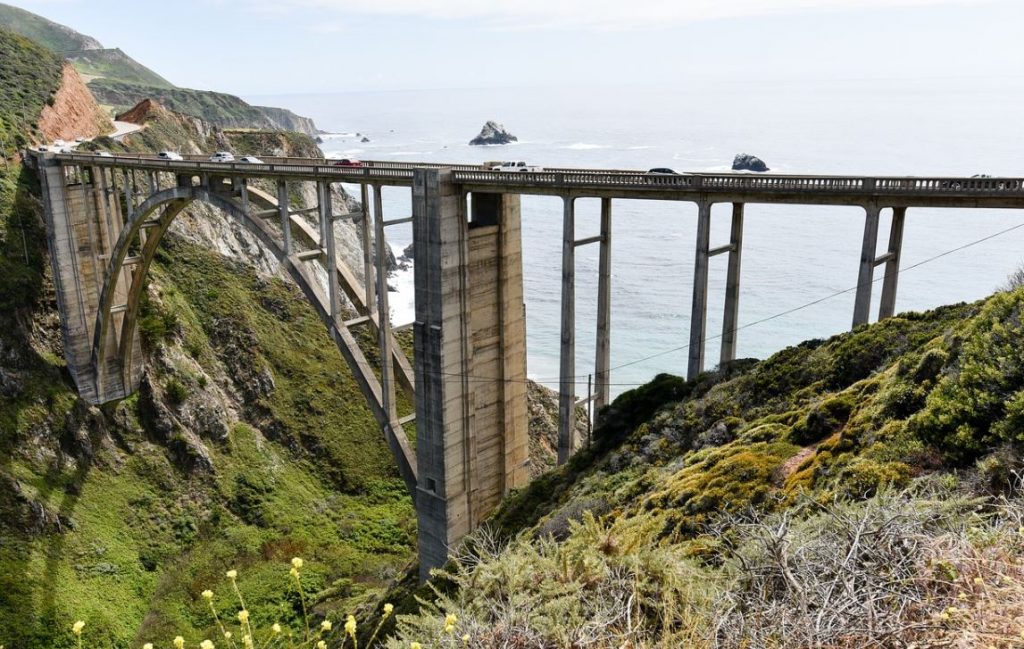
6. The Bay Bridge opened just 3 years after construction started
It wasn’t until April of the year 1932 that the plans for the Bay Bridge were approved. Construction eventually started on July 9, 1933, and especially in the western section, where the bay is up to 30 meters (100 feet) deep in some areas, this was an enormous endeavor.
This makes it all the more impressive that the bridge was completed just 3 years later and officially opened for traffic on November 12, 1936. This was about 6 months before the famous bridge nearby, the Golden Gate Bridge, was completed and opened for traffic!
Total cost of the project: $77 million USD, the equivalent of $1,460,108,978 in 2021!
The American Society of Civil Engineers recognized this remarkable achievement in 1955 and added the Bay Bridge to the seven modern civil engineering wonders of the United States.
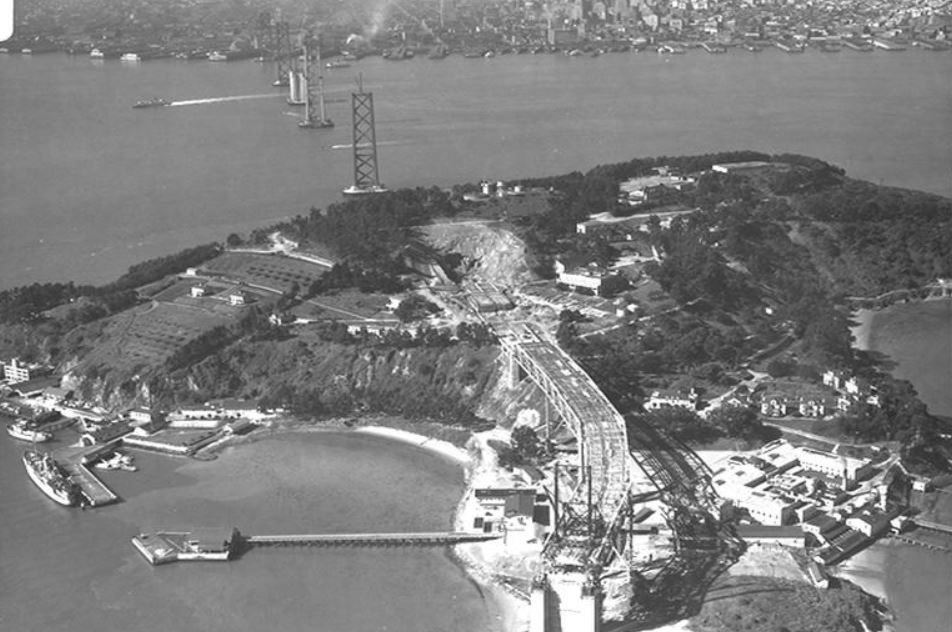
7. Only one bridge in New York had a longer span between towers
The Bay Bridge has some pretty amazing figures and is still one of the longest suspension bridges in the United States today. It has a length of:
- West span: 3,141 meters (10,304 feet)
- East span: 3,102 meters (10,176 feet)
- Total length: 7.18 km (4.46 miles)
The longest span of the west section is 704 meters (2,310 feet) and the longest span of the east section is 430 meters (1,400 feet). At the time the bridge was completed, only the George Washington Bridge in New York had a longer span between towers!
The highest tower of the western section stands 160 meters (526 feet) tall as well, the equivalent of the average skyscraper! The clearance below is 67 meters (220 feet) in the west and 58 meters (190 feet) in the east.
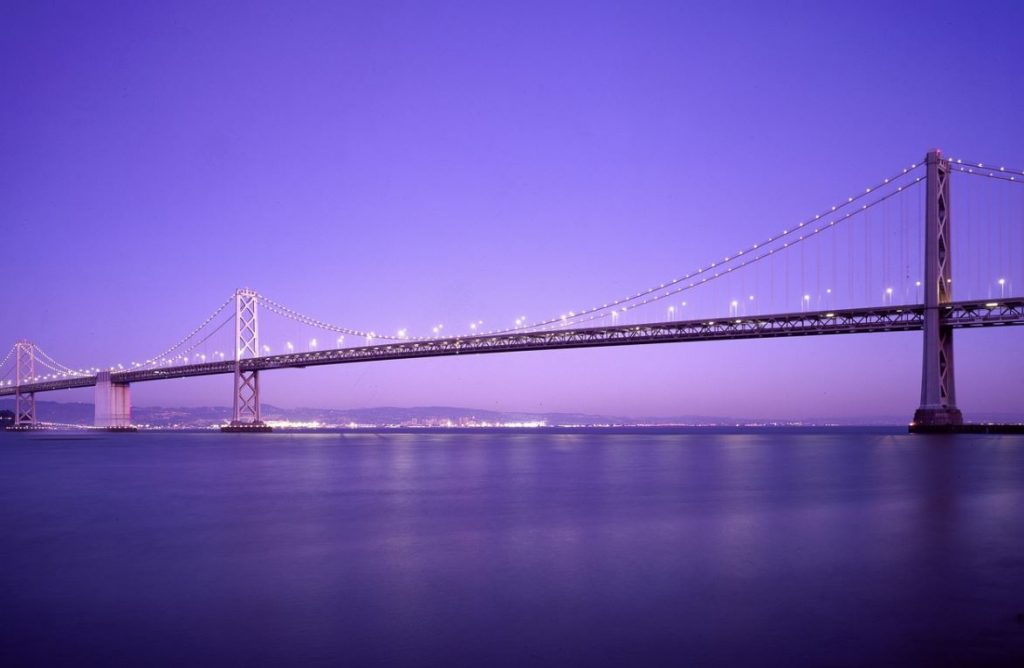
8. The lower deck originally carried railway traffic as well
For well over 2 decades, the lower section of the bridge carried trains as well. The final train crossed the bridge in April 1958 and 5 years later, the transformation to a regular deck was completed and the first cars passed the bridge here.
Today, the bridge features 10 decks and also has an option to be crossed by pedestrians and bicycles. It’s also one of the busiest bridges in the United States as an estimated 260,000 vehicles cross the bridge every day on average!
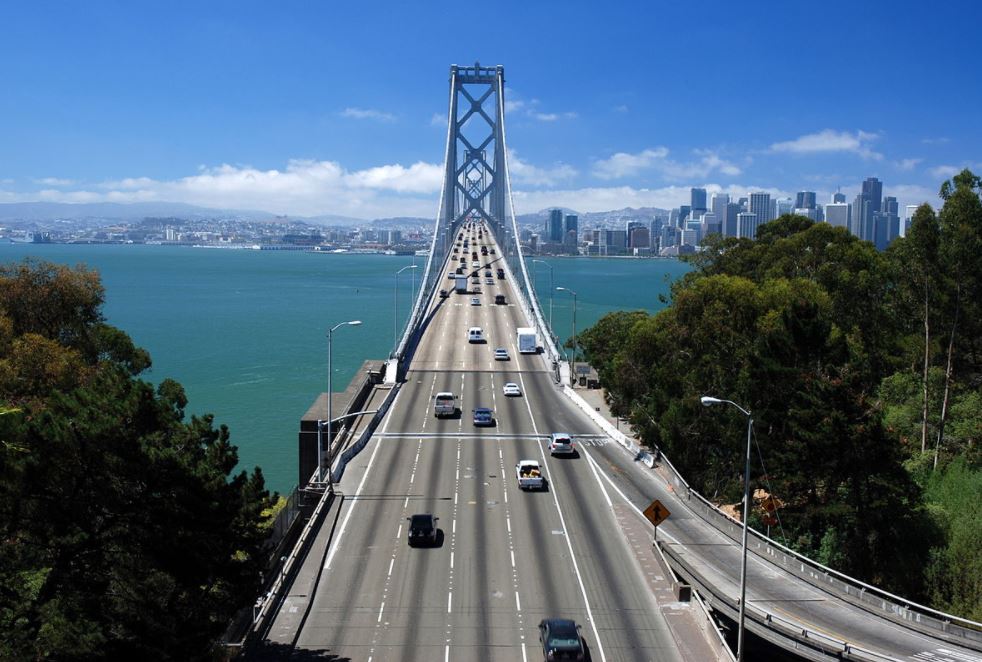
9. The eastern section of the bridge is relatively new
The Loma Prieta Earthquake (magnitude of 6.9) struck San Francisco on October 17, 1989, and 15 meters (50 feet) of the eastern section of the upper deck of the bridge collapsed onto the deck below.
Shortly after this incident, plans were conceived to build a completely new eastern section, but it wouldn’t be until 2002 that this plan materialized and construction started.
The new eastern section was completed over a decade later and opened for traffic on September 2, 2013. The old section of the bridge was dismantled between January 2014 and November 2017 as well.
The total cost of this project: USD 6.5 billion!
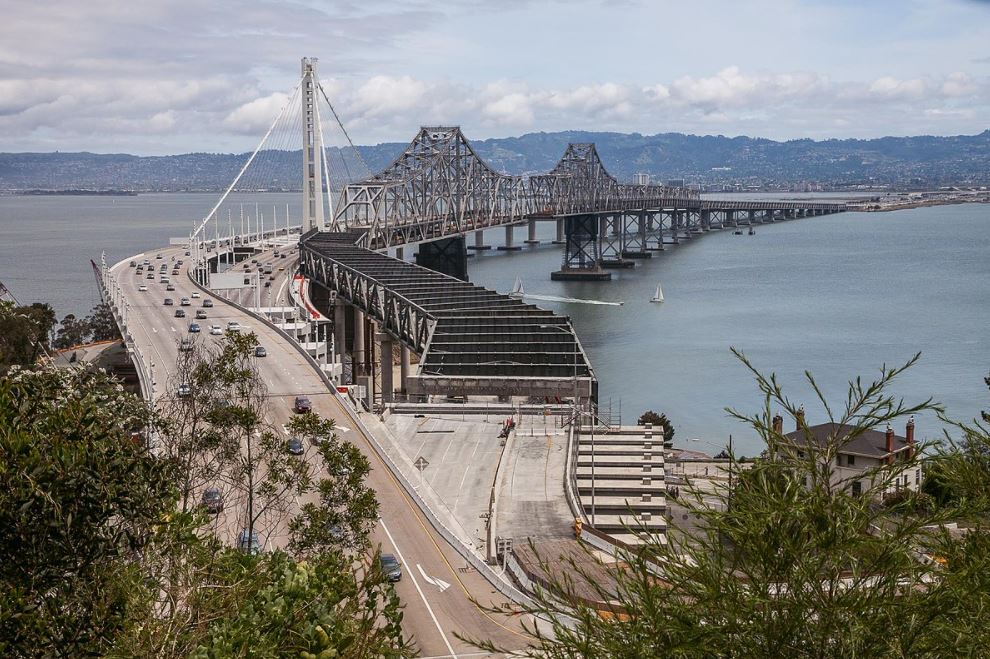
10. The bridge looks astounding at night because of a light sculpture
One of the most astounding facts about the Bay Bridge is that it features a light sculpture consisting of 25,000 LED lights. This amazing light sculpture was completed on March 5, 2013, and has been illuminating the San Francisco sky ever since.
This amazing spectacle is called the “Bay Lights” and is only visible to people observing from a distance, not to drivers on the bridge itself. And what an amazing sight it is, don’t you think?
